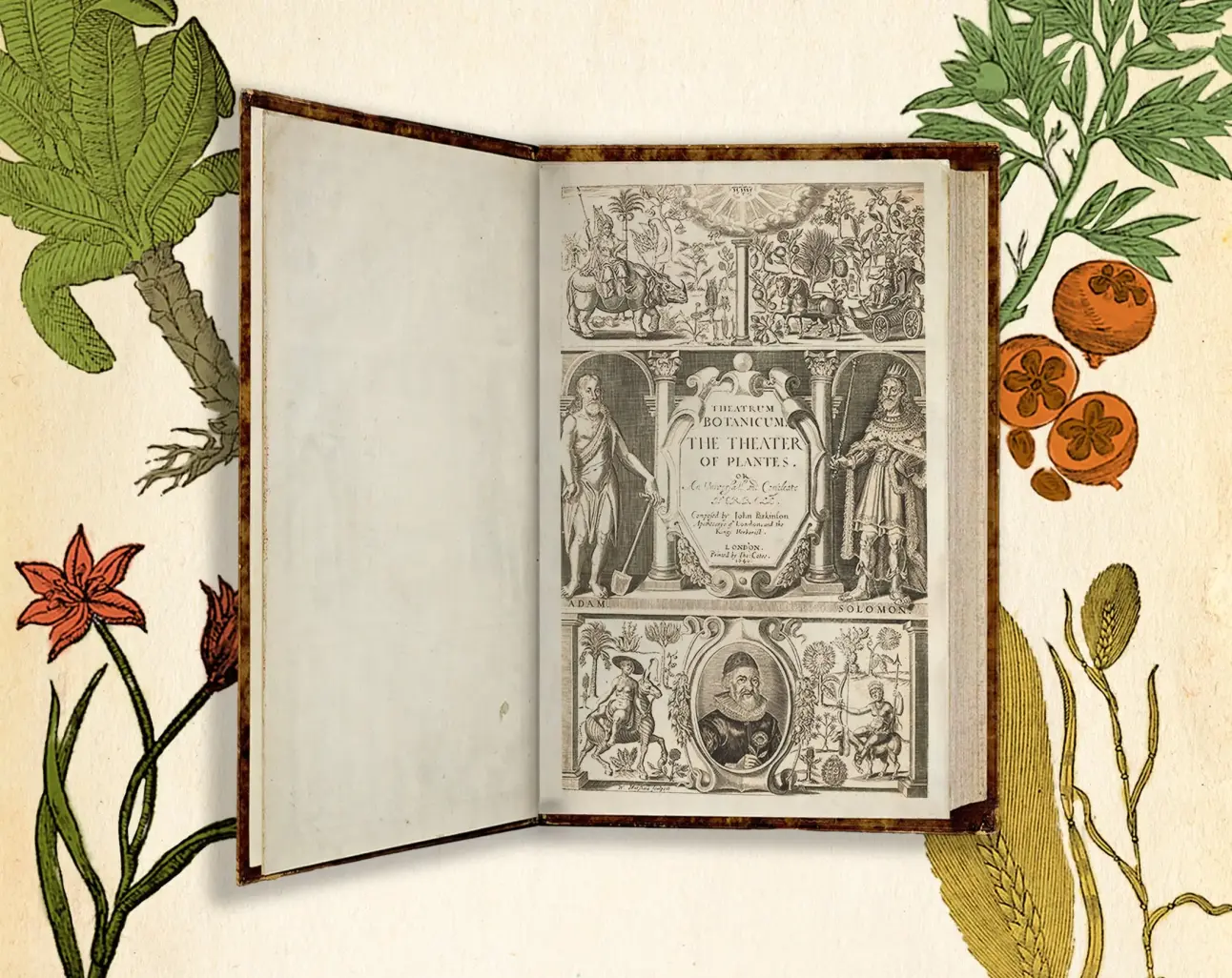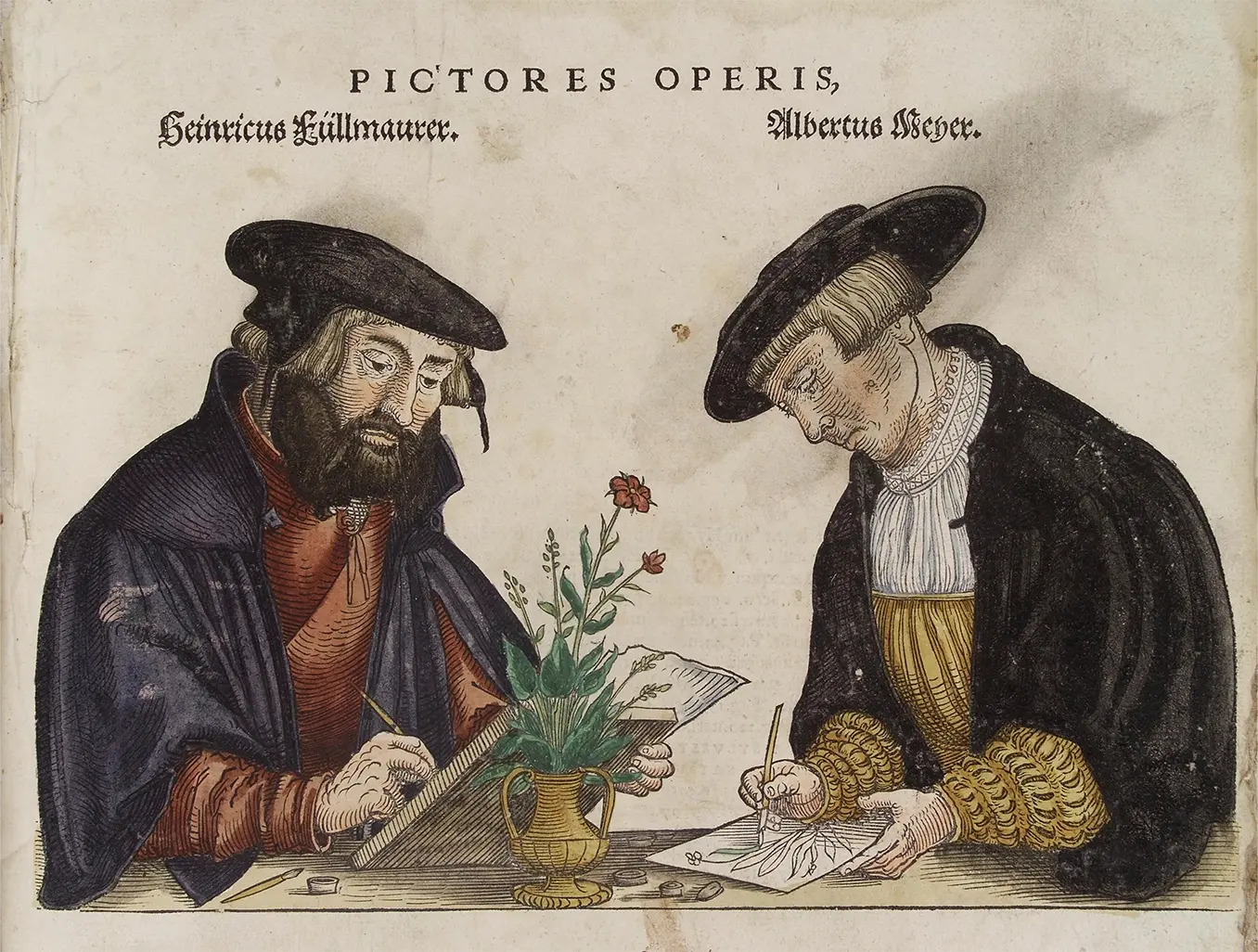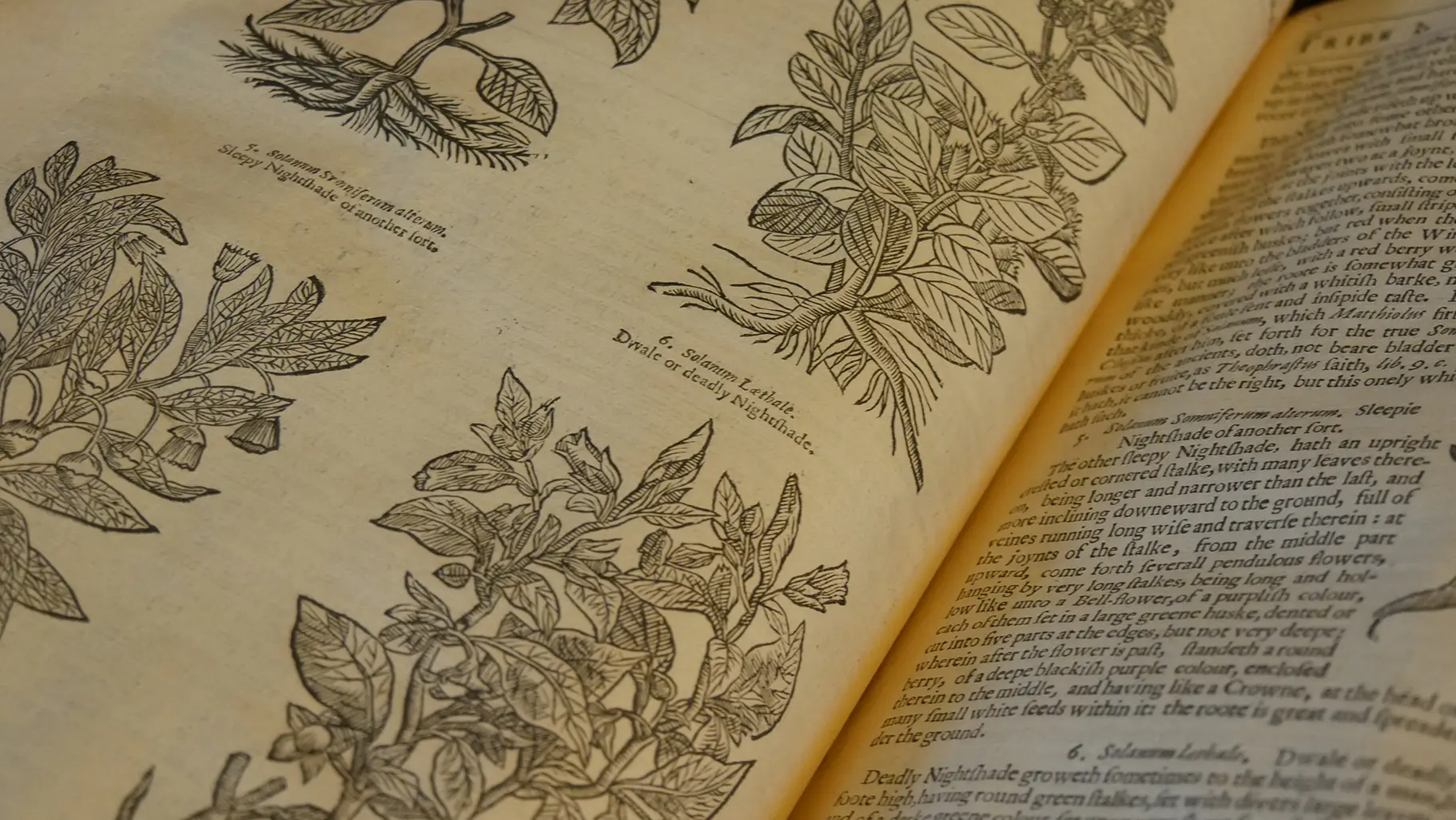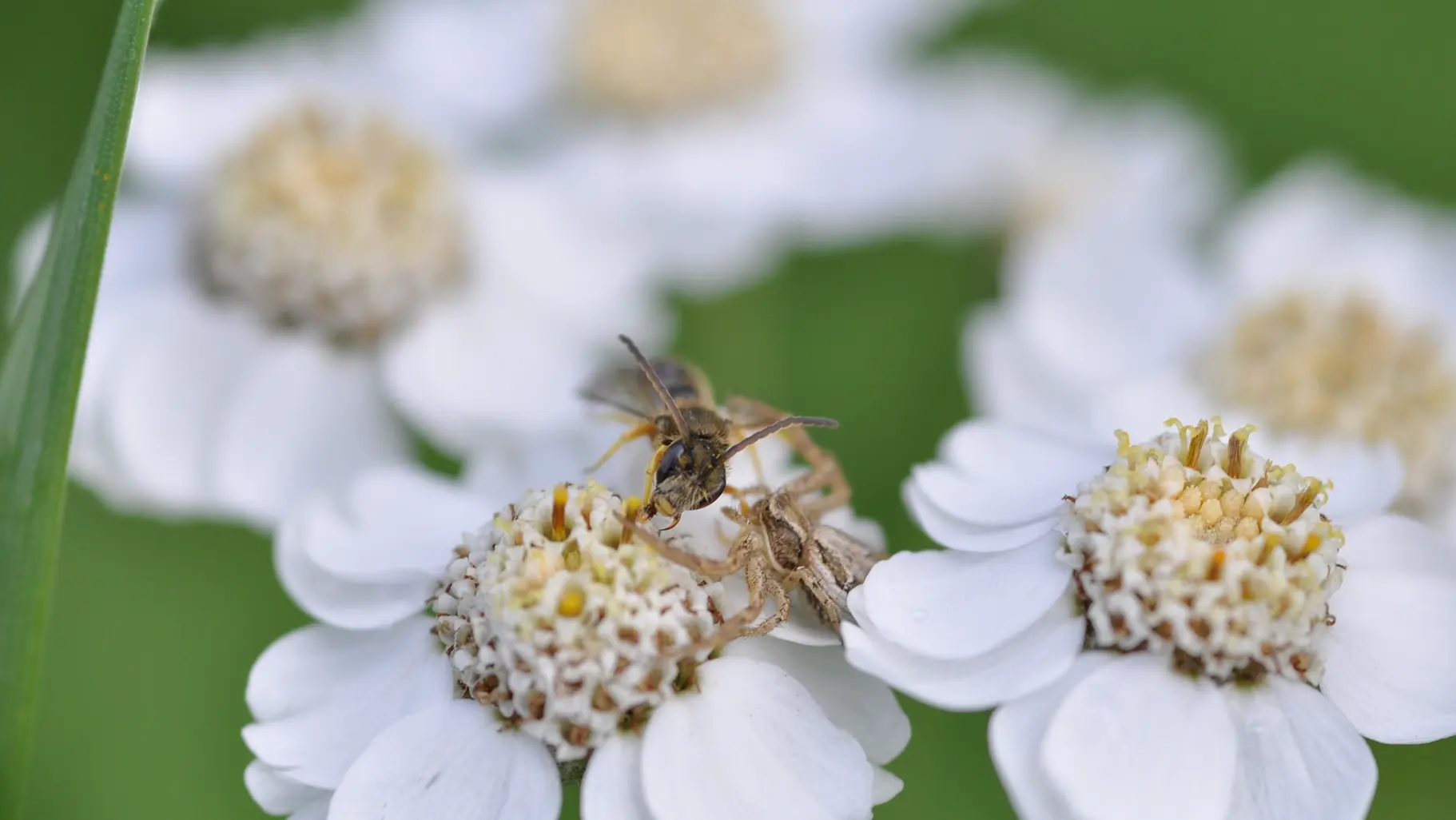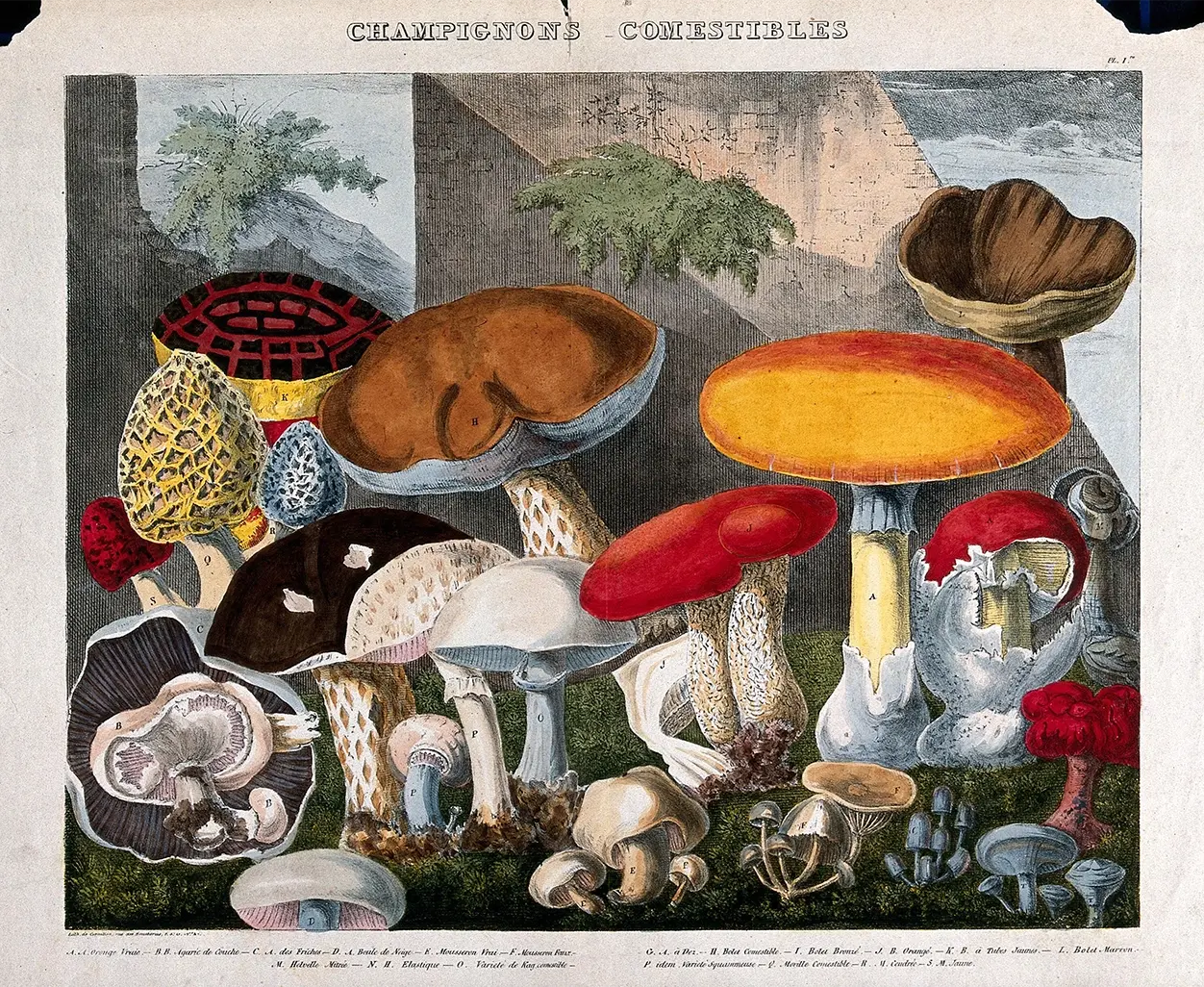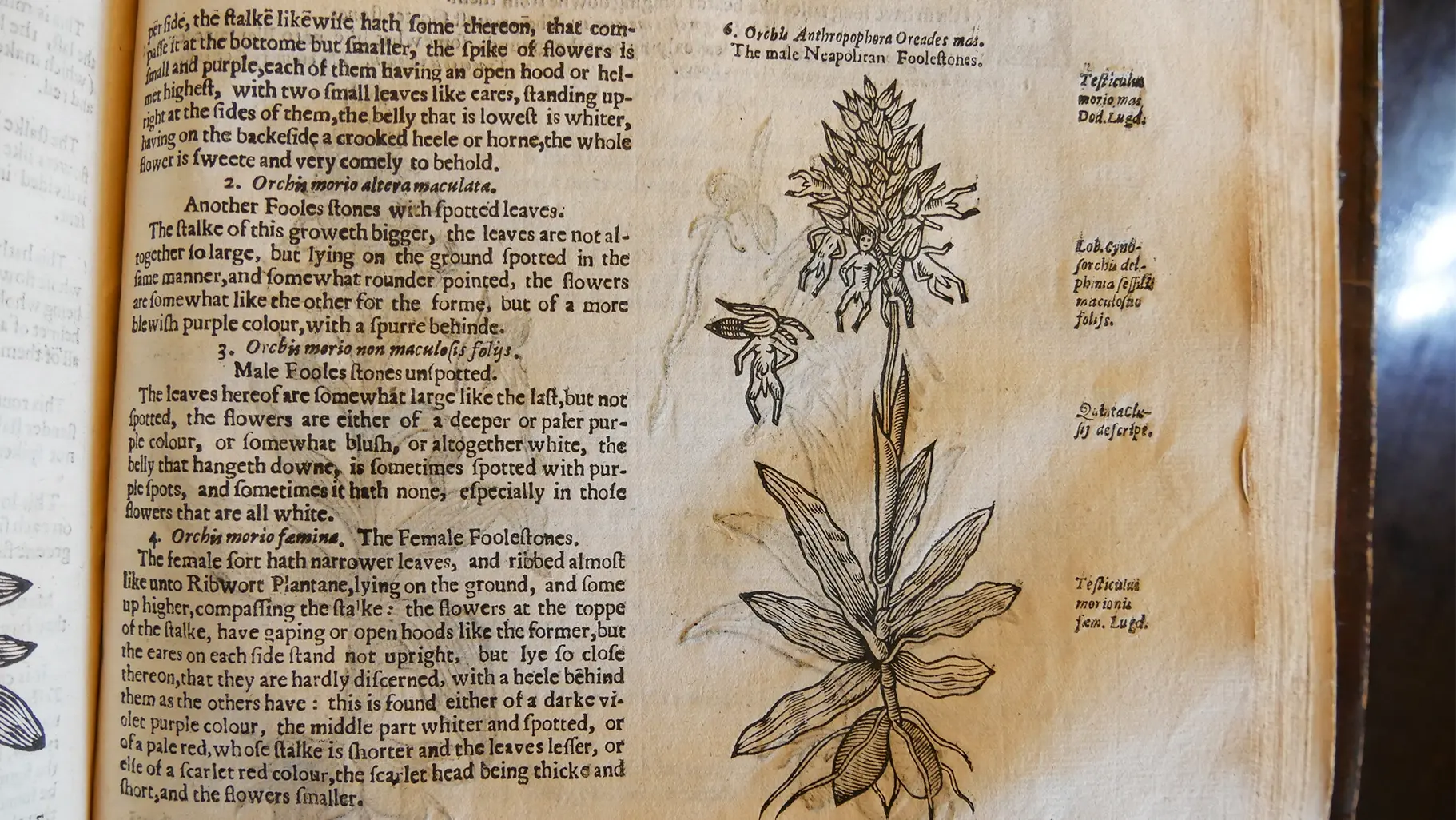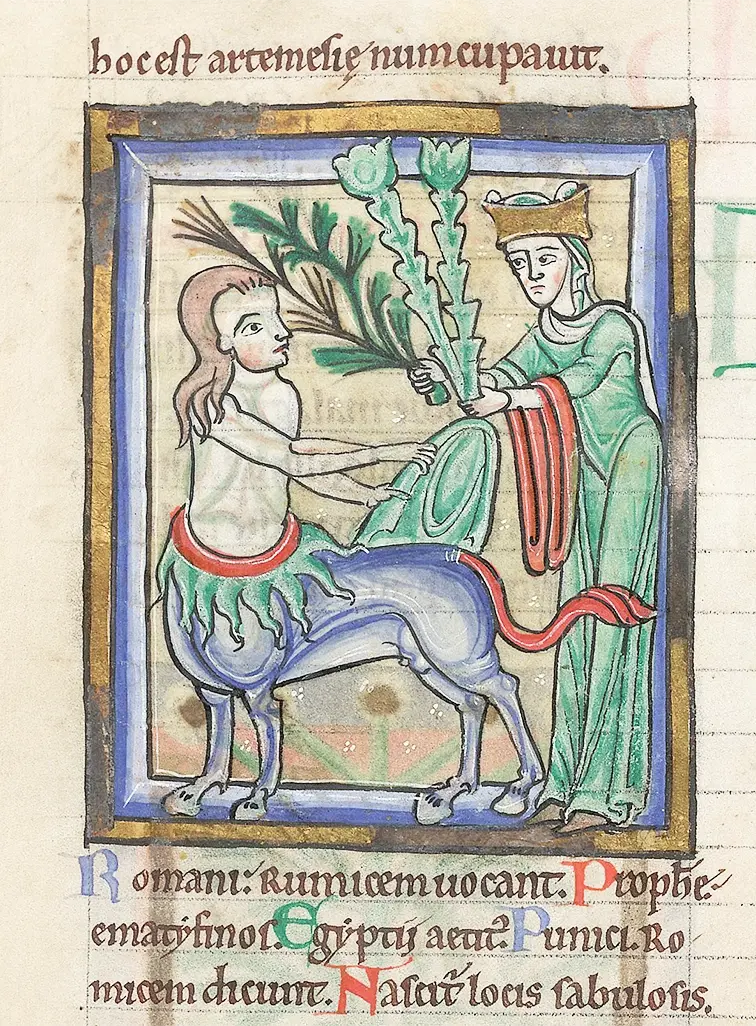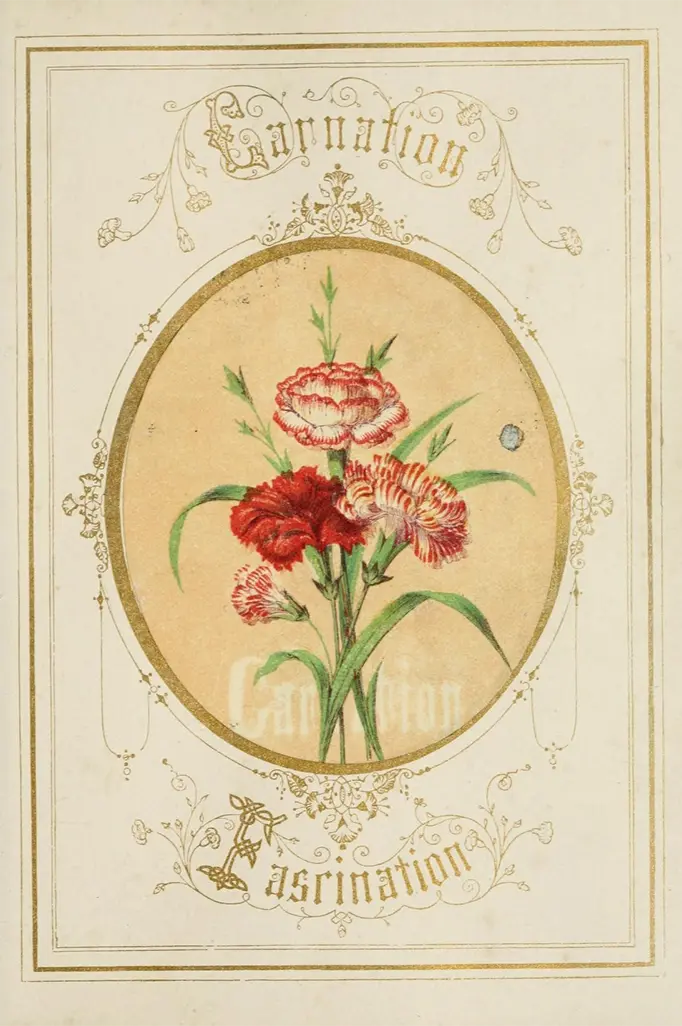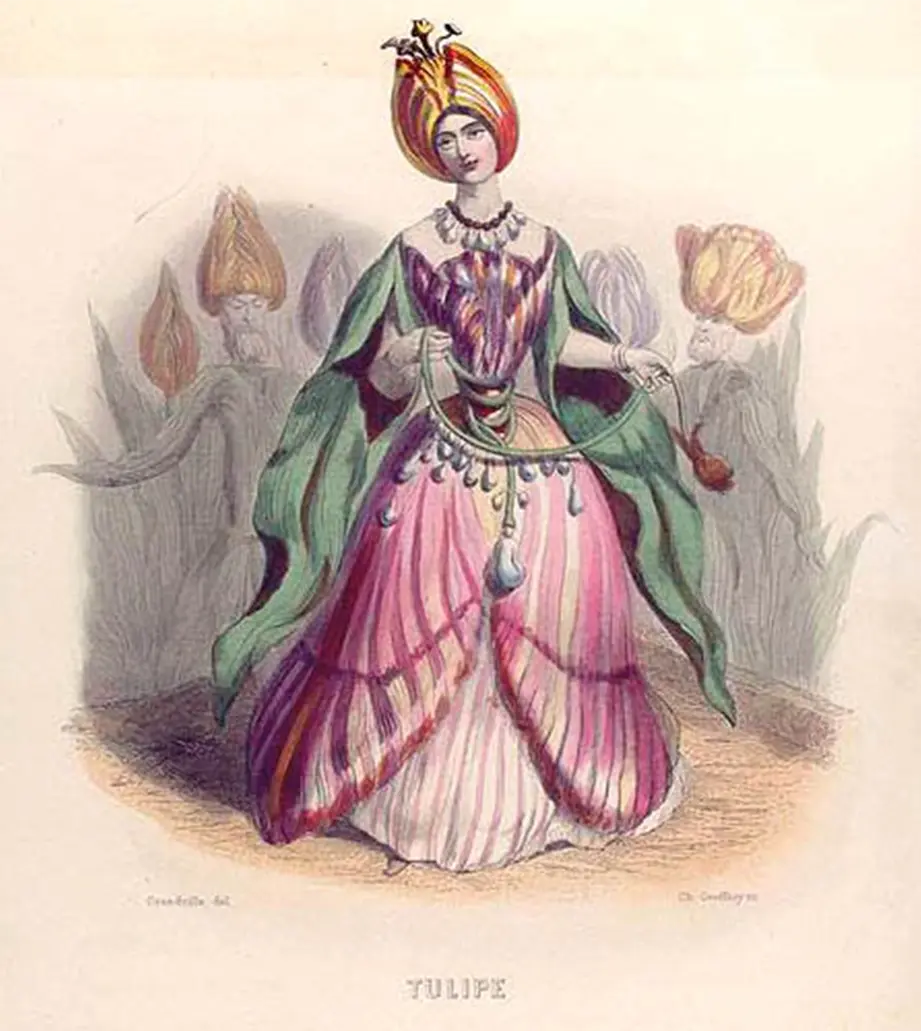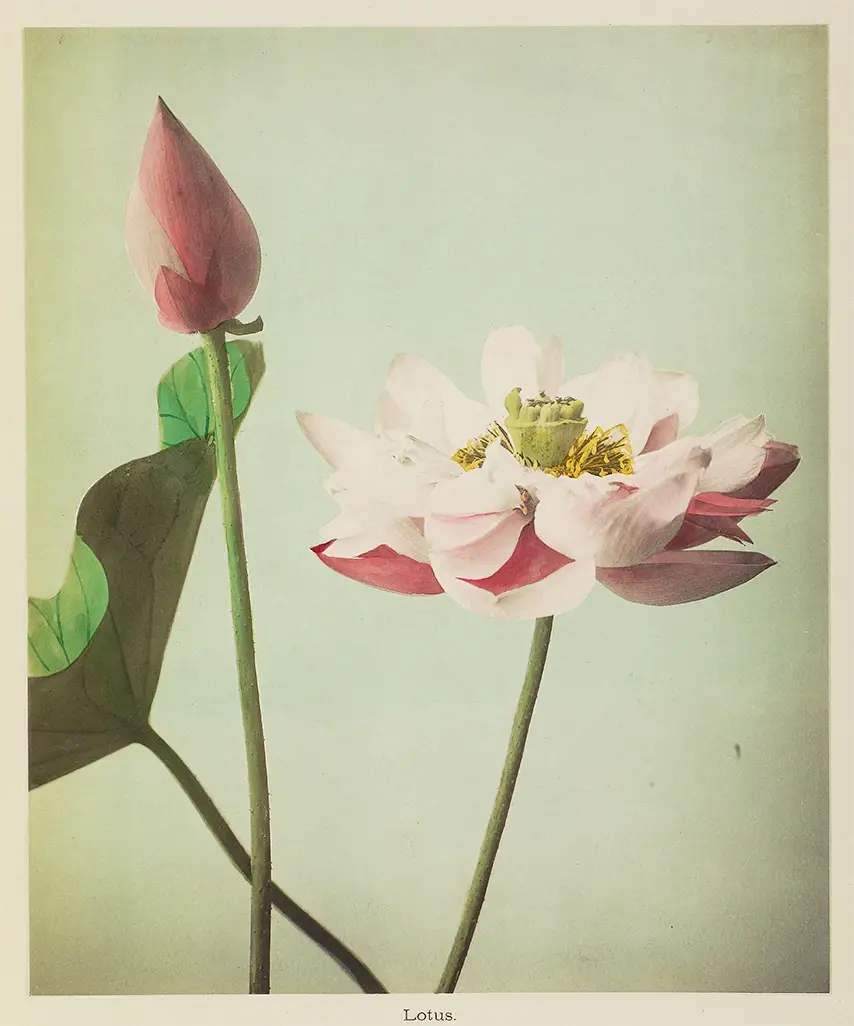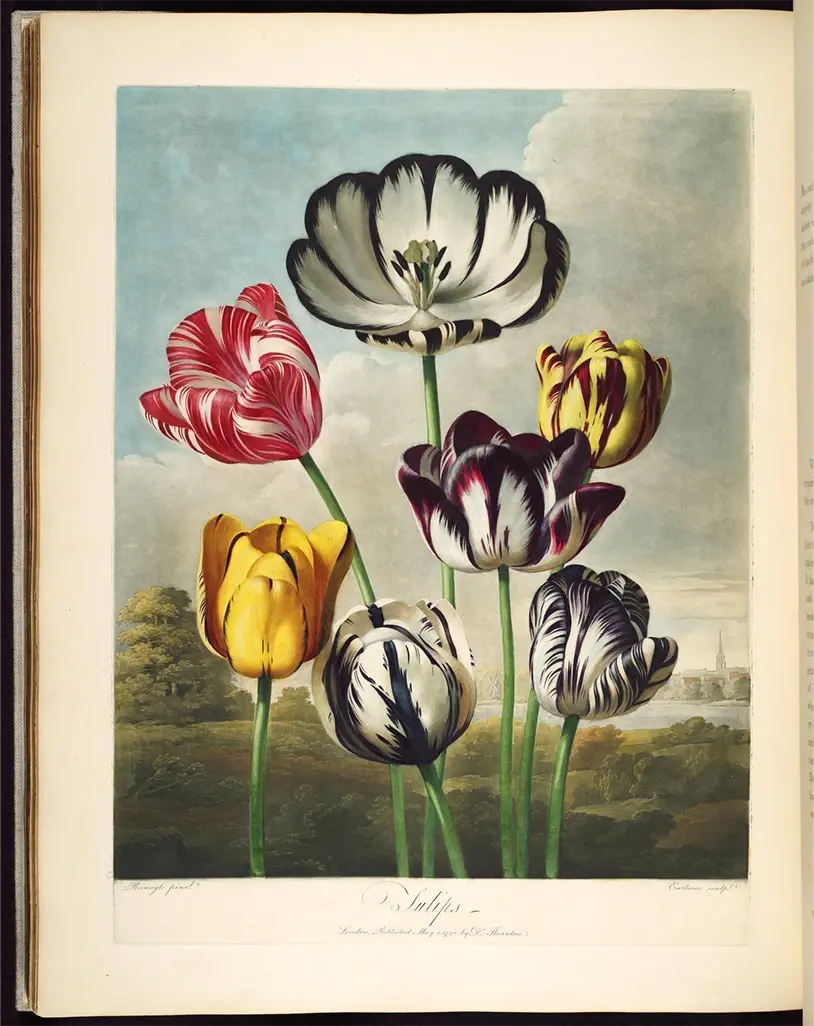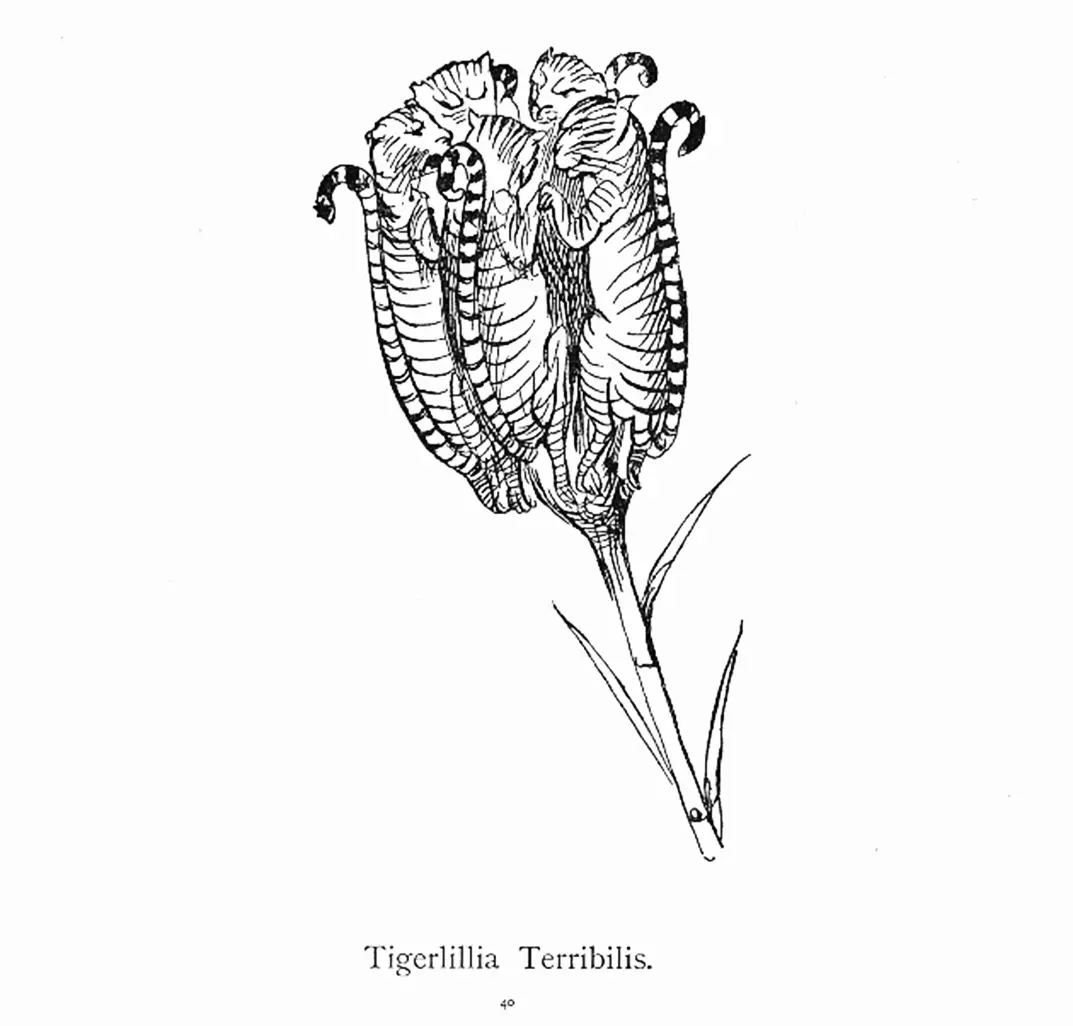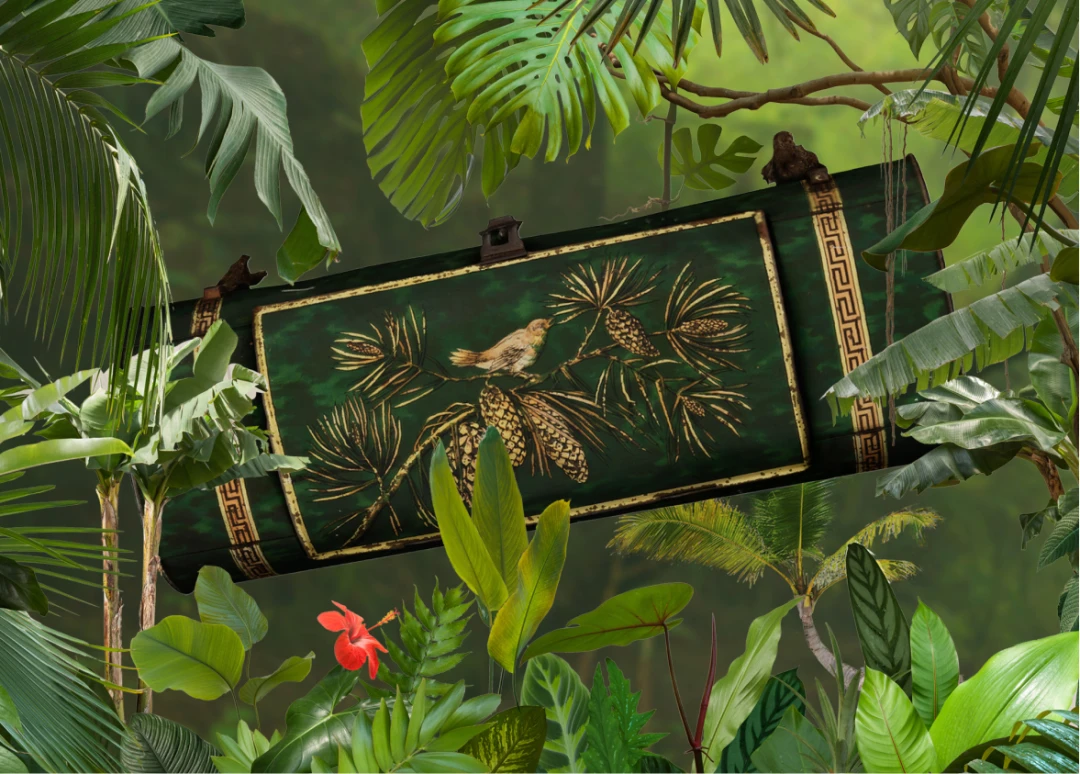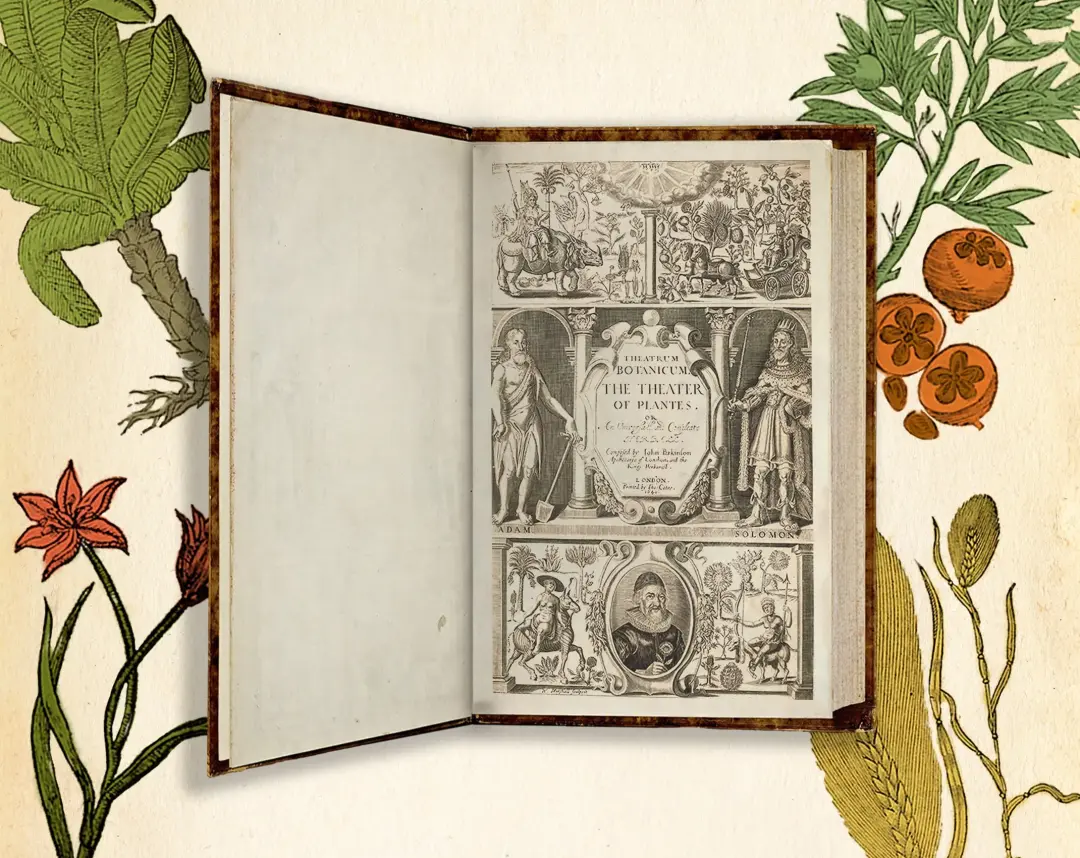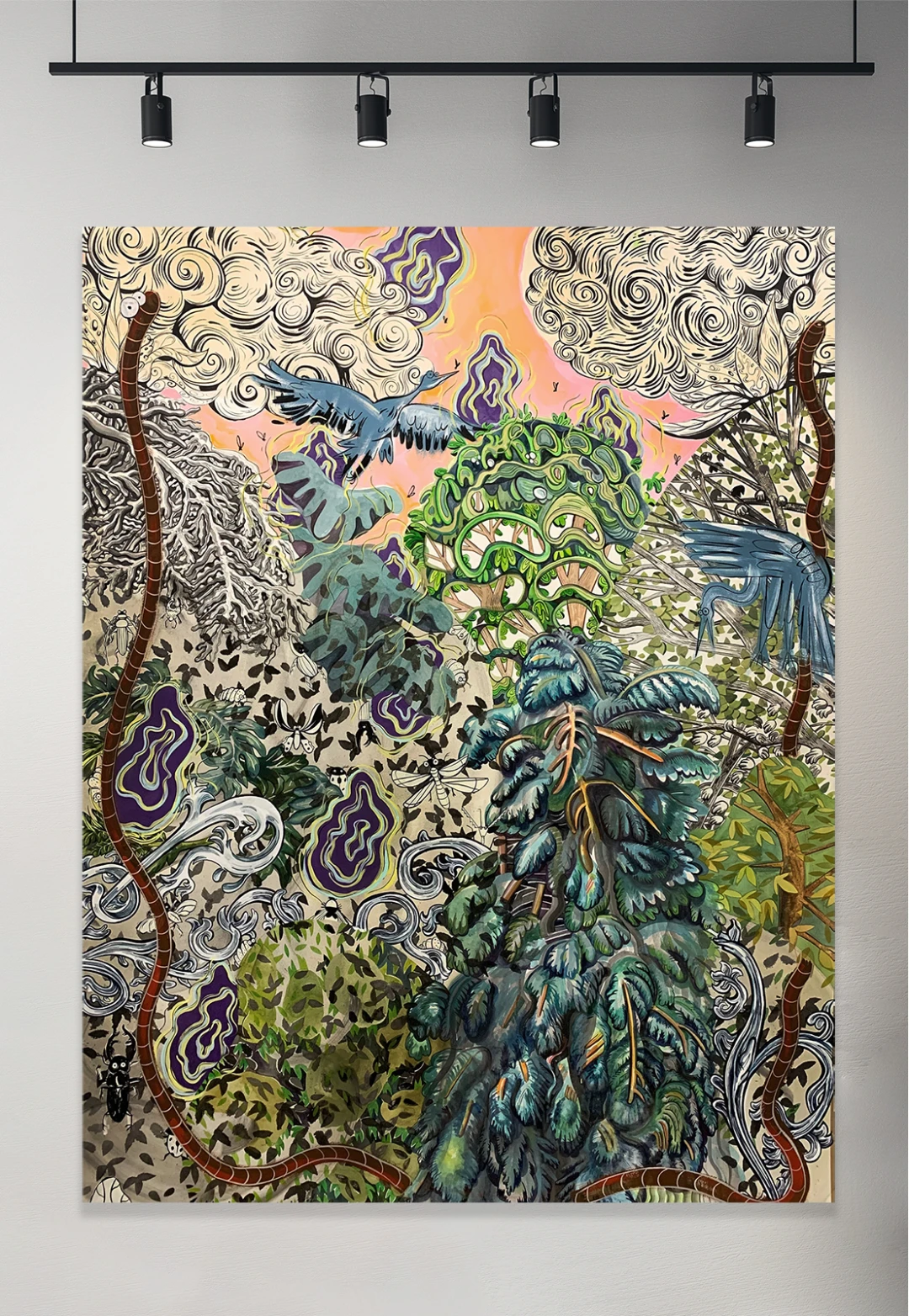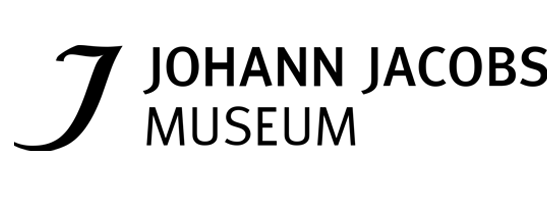Theatrum Botanicum
Theatrum Botanicum (1640) is impressive! Not only because of its size and the many plants it describes, but also because of the method behind it. John Parkinson, the author, was a bit of a rebel. He didn’t just take other people’s word for it. Instead, Parkinson did his own research and experiments to make sure his descriptions and information about the plants were accurate.
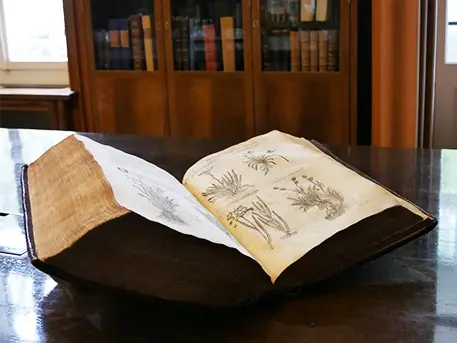
Paradisi in sole
Before Theatrum Botanicum, John Parkinson wrote a book called Paradisi in sole, Paradisus Terrestris (1629). This book was different from others like it. Instead of grouping plants according to their use, it groups them according to these categories: pleasant plants, kitchen plants, and orchard plants. The book describes these plants and how to plant them for a beautiful garden.
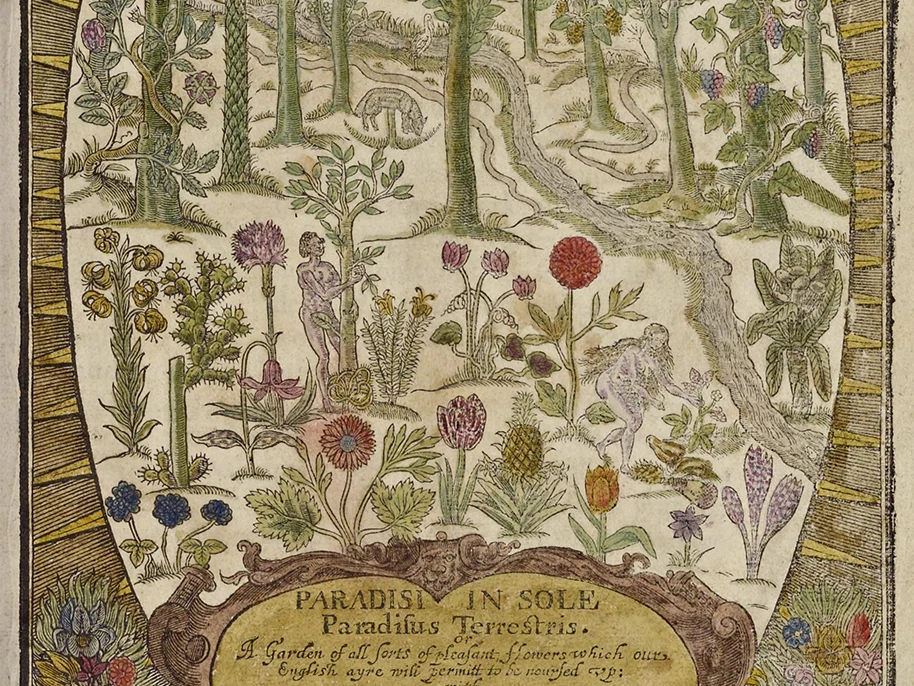
Plant Taxonowhat?
Plant taxonomy is the science of naming and classifying plants. Taxonomy is a part of systematics, the study of how things are related to each other.
In the 1700s, Carl von Linnaeus created the plant classification system we still use today. It helps scientists to classify, identify, and study plants around the world.
Scientists use these classifications to help organize plants or animals into groups based on their characteristics.
The classification system starts with the largest group: the kingdom. Different kingdoms include animals, plants, fungi, and more. The plant kingdom is the second largest!
Each kingdom is further divided into smaller groups, called phyla. Phyla indicate whether a plant reproduces by releasing spores (like ferns) or seeds.
Phyla are further divided into classes, orders, families, genera, and finally species! A species is a specific plant. Can you identify the species of the three plants introduced in the Explore section?

Plant Blindness
Did you know that many people don't notice plants? It's called plant blindness. Plants are crucial for life and in danger. 40% of plant species might disappear. People know about endangered animals, but can't name endangered plants.

12 Soccer Balls
Theatrum Botanicum has 1755 pages and describes about 3,800 species of plants. No wonder the book is heavy; it weighs 5 kilograms or 11 pounds, as much as twelve soccer balls!
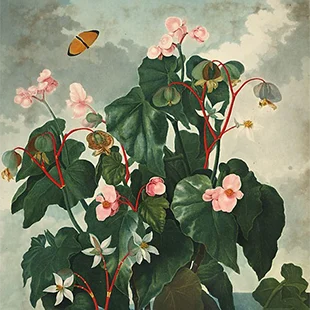
Undiscovered
Nearly 4,000 new species of plants and fungi were scientifically named for the first time in 2019. Scientists discover new species of plants and fungi every year. Begonias are a great example! Scientists knew 25 species of begonia in 1800; in 1900, they knew 468. In 2000, there were 1,367 known species. By 2020, there were 1,963.
Botanical fun
A journey through fun plant illustrations.
John Parkinson
John Parkinson (1566/7-1650) was an herbalist, a gardener, and the author of two revolutionary booksthat combined his two passions: Theatrum Botanicum (1640) and Paradisi il sole (1629). Parkinson was one of the first to write a major book on English gardening, and to base his descriptions of plants on scientific observation and experimentation.
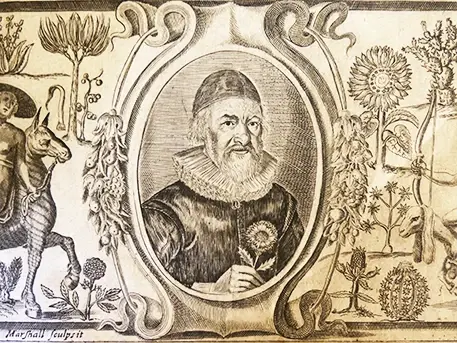
Want to know more?
Bibliography
HERBALS
Anderson, F. J., & Anderson, F. J. (1977). An illustrated history of the herbals. Columbia University Press.
Arber, A. R. (2014). Herbals, Their Origin and Evolution: A Chapter in the History of Botany 1470-1670. Project Gutenberg.
Bancroft, H. (1932). Herbs, Herbals, Herbalists. The Scientific Monthly, 35(3), 239–253. http://www.jstor.org/stable/15301
Bruton-Seal, J., Seal, M., & Parkinson, J. (2014). The herbalist’s bible : John Parkinson’s lost classic rediscovered : Theatrum Botanicum (1640). Merlin Unwin Books.
Mabey, R. (2016). The cabaret of plants : forty thousand years of plant life and the human imagination (First American edition). W. W. Norton & Company.
Neville, S. (2022). Early modern herbals and the book trade : English stationers and the commodification of botany. Cambridge University Press.
Rohde, E. S. (1974). The old English herbals. Minerva press.
NATURE WRITING AND ILLUSTRATION
Carine, M. (2020). The collectors : creating Hans Sloane’s extraordinary herbarium. Natural History Museum.
Bushnell, R. W. (2021). The marvels of the world : an anthology of nature writing before 1700. University of Pennsylvania Press.
Elliott, B. (2011). The world of the Renaissance herbal. Renaissance Studies, 25(1), 24–41. http://www.jstor.org/stable/24420235
Eriksen, C. B., & Wen, X. (2023). Colouring flowers: books, art, and experiment in the household of Margery and Henry Power. The British Journal for the History of Science, 56(1), 21–43. https://doi.org/10.1017/S0007087422000474
Isphording, Eduard. (2008). Kräuter und Blumen. Botanische Bücher bis 1850 im Germanischen Nationalmuseum. Verlag des Germanischen Nationalmuseums.
Knight, L. (2009). Of books and botany in early modern England: sixteenth-century plants and print culture. Ashgate Publishing, Ltd..
Mabey, R. (2016). The cabaret of plants : forty thousand years of plant life and the human imagination (First American edition). W. W. Norton & Company.
Rauh, R. A. (1998). A Millenium and a Half of Fern Illustrations. American Fern Journal, 88(3), 93–105. https://doi.org/10.2307/1547682
Saunders, G. (1995). Picturing plants : an analytical history of botanical illustrations. University of California Press.
GARDENS AND COLLECTING
Antonetti, N. (2006). British Colonial Botanical Gardens in the West Indies. SiteLINES: A Journal of Place, 2(1), 9–10. http://www.jstor.org/stable/24889258
Edwards, A. (2021). The plant-hunter’s atlas : a world tour of botanical adventures, chance discoveries and strange specimens. Greenfinch, an imprint of Quercus Editions Ltd.
Harris, S. A., & Harris, S. (2011). Planting paradise : cultivating the garden 1501-1900. Bodleian Library.
JOHN PARKINSON
Bentzen, Vilde. (2021). Towards a new Science: John Parkinson’s Theatrum Botanicum. VIC 442 – The Renaissance Book (Digital Exhibit 2021). Centre for Renaissance and Reformation Studies. Victoria University and the University of Toronto. https://crrs.library.utoronto.ca/exhibits/show/vic4422021/renbook2021
Bushnell, Rebecca. (2021). John Parkinson, Theatrum Botanicum. In R. Bushnell (Ed.), The Marvels of the World: An Anthology of Nature Writing Before 1700 (pp. 335-339). Philadelphia: University of Pennsylvania Press. https://doi.org/10.9783/9780812297812-113
Cabinet. (n.d.) John Parkinson’s ‘Paridisi in sole paradisus terrestris’ 1629. University of Oxford Online Platform for Digital Education, Cabinet. https://www.cabinet.ox.ac.uk/john-parkinsons-paradisi-sole-paradisus-terrestris-1629
Cabinet. (n.d.) John Parkinson’s ‘Theatrum botanicum’ (1640. University of Oxford Online Platform for Digital Education, Cabinet. https://www.cabinet.ox.ac.uk/john-parkinsons-theatrum-botanicum-1640
Francis, J. (2014). John Parkinson: Gardener and Apothecary of London. Critical Approaches to the History of Western Herbal Medicine: From Classical Antiquity to the Early Modern Period, 229.
Parkinson, A. (2007). Nature’s alchemist : John Parkinson, herbalist to Charles I. Frances Lincoln.
Parkinson, John. (1640). Theatrum botanicum: = The theater of plants. Or, An herball of a large extent […].Printed by Tho. Cotes.
Parkinson, John. (1629). Paradisi in Sole Paradisus Terrestris. Or a Garden of All Sorts of Pleasant Flowers […] Collected by John Parkinson Apothecary of London 1629.
Riddell, J. N. (1986). John Parkinson's Long Acre garden 1600–1650. The Journal of Garden History, 6(2), 112-124.
PLANT BLINDNESS
Jose, S. B., Wu, C. H., & Kamoun, S. (2019). Overcoming plant blindness in science, education, and society. Plants, people, planet, 1(3), 169-172.
McShea, Patrick. (n.d.). Plant Blindness. Carnegie Museum of Natural History. https://carnegiemnh.org/plant-blindness/.
Native Plant Society of the United States. (n.d.) Plant Blindness. https://plantsocieties.cnps.org/index.php/about-main/plant-blindness
Ro, Christine. (2019, April 29). Why ‘plant blindness’ matters – and what you can do about it. BBC Future. https://www.bbc.com/future/article/20190425-plant-blindness-what-we-lose-with-nature-deficit-disorder.
Carrington, Damian. (2020, September 30). 40% of world’s plant species at risk of extinction. The Guardian. https://www.theguardian.com/environment/2020/sep/30/world-plant-species-risk-extinction-fungi-earth
PLANTS (CLASSIFICATION, HISTORY, SUSTAINABILITY)
Antonelli, A., Smith, R. J., Fry, C., Simmonds, M. S., Kersey, P. J., Pritchard, H. W., ... & Qi, Y. D. (2020). State of the World’s Plants and Fungi 2020. Royal Botanic Gardens, Kew. https://doi.org/10.34885/172
Antonelli, A., Hiscock, S., Lennon, S., Simmonds, M., Smith, R. J., & Young, B. (2020). Protecting and sustainably using the world’s plants and fungi. Plants, People, Planet, 2(5), 368-370.https://doi.org/10.1002/ppp3.10150
Avis-Riordan, Katie. (2021, March 1). Weird and wonderful plant names. The stories behind fun plant names revealed, from a famous movie villain to a Victorian tree-climbing theory. Royal Botanic Gardens Kew. https://www.kew.org/read-and-watch/funny-plant-name-stories.
IPNI (2023). International Plant Names Index and World Checklist of Vascular Plants 2023. The Royal Botanic Gardens, Kew, Harvard University Herbaria & Libraries and Australian National Herbarium. http://www.ipni.org
Maarten J. M. Christenhusz, Rafaël Govaerts, John C. David, Tony Hall, Katherine Borland, Penelope S. Roberts, Anne Tuomisto, Sven Buerki, Mark W. Chase, Michael F. Fay. (2013). Tiptoe through the tulips – cultural history, molecular phylogenetics and classification of Tulipa (Liliaceae). Botanical Journal of the Linnean Society, Volume 172, Issue 3, July 2013, Pages 280–328. https://doi.org/10.1111/boj.12061
Mabey, R. (2016). The cabaret of plants : forty thousand years of plant life and the human imagination (First American edition). W. W. Norton & Company.
Rouhan, G., Gaudeul, M. (2014). Plant Taxonomy: A Historical Perspective, Current Challenges, and Perspectives. In: Besse, P. (eds) Molecular Plant Taxonomy. Methods in Molecular Biology, vol 1115. Humana Press, Totowa, NJ. https://doi.org/10.1007/978-1-62703-767-9_1
Royal Botanic Gardens Kew. (2020). State of the World’s Plants and Fungi. https://doi.org/10.34885/172
WFO (2023): World Flora Online. http://www.worldfloraonline.org
